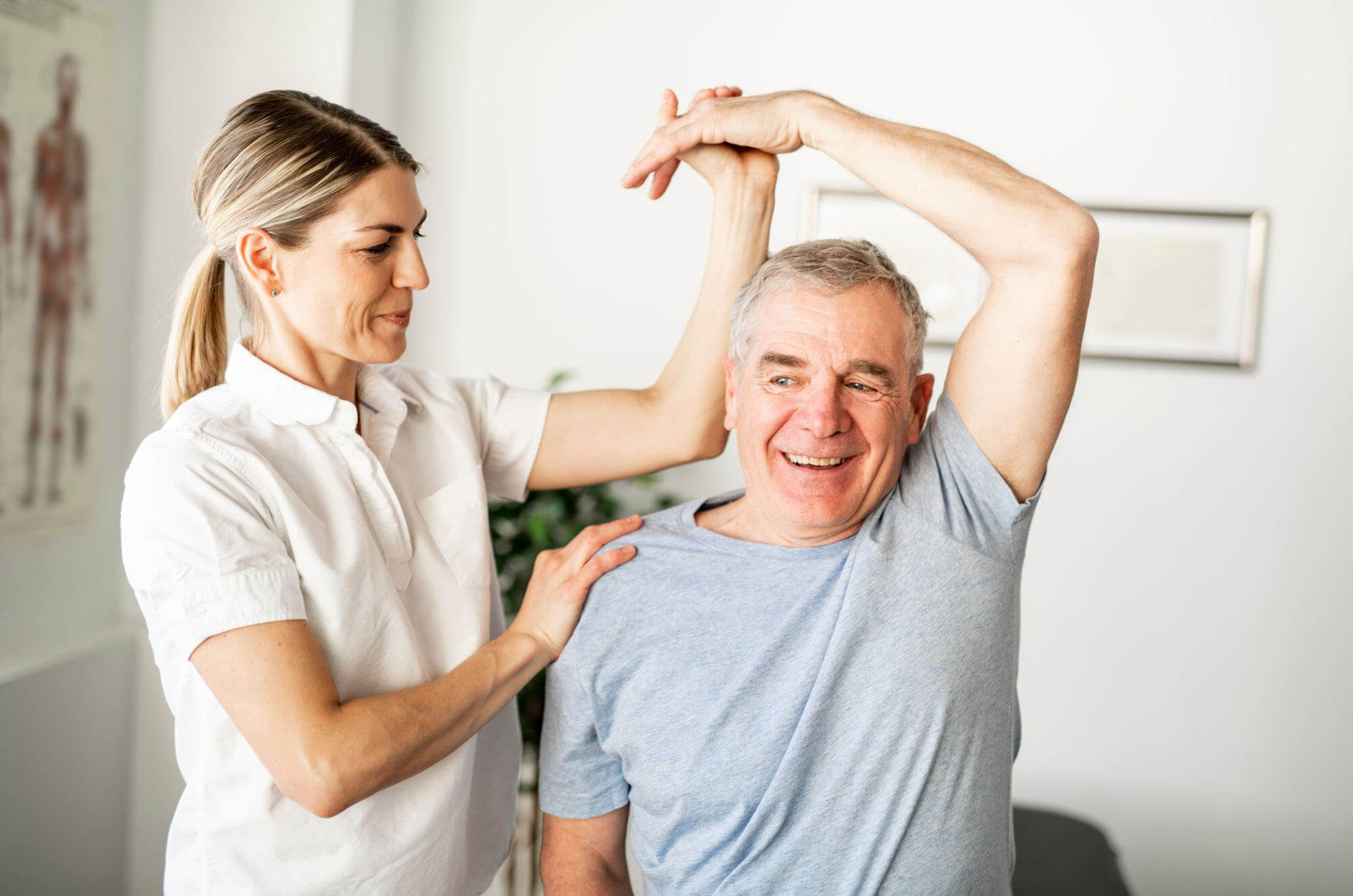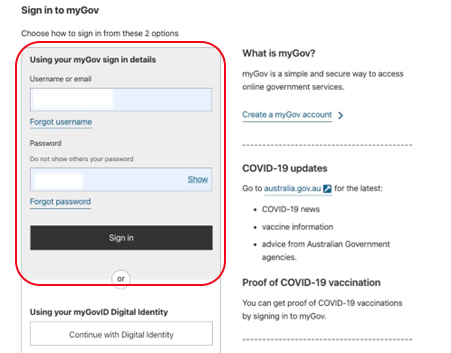Chronic pain is a prevalent and debilitating issue among veterans. It can stem from various sources, including combat-related injuries, musculoskeletal conditions, and other health challenges. For veterans, chronic pain can have a profound impact on their quality of life. In this article, we will delve into the prevalence of chronic pain among veterans and the significant role that physiotherapy plays in managing and alleviating this pain.
The Prevalence of Chronic Pain in Veterans
Chronic pain is a persistent condition that can last for months or even years. For veterans, the sources of chronic pain are diverse:
Combat-Related Injuries: Many veterans have sustained combat-related injuries, such as gunshot wounds, burns, and blast injuries. These injuries can result in long-lasting pain.
Musculoskeletal Conditions: Conditions like osteoarthritis, which is common among veterans, can lead to chronic joint pain.
Overuse Injuries: The physical demands of military service often involve repetitive actions that can lead to overuse injuries, causing chronic pain.
Amputations: Veterans who have undergone amputations may experience phantom limb pain, a form of chronic pain that feels like it originates from the missing limb.

Post-Traumatic Stress Disorder (PTSD): PTSD, which is also prevalent among veterans, can contribute to the perception of chronic pain. The psychological and emotional components of PTSD can intensify physical pain.
The Role of Physiotherapy in Managing Chronic Pain
Physiotherapy is a critical component of chronic pain management among veterans. Here’s how physiotherapy helps in managing chronic pain:

Assessment and Diagnosis
Physiotherapists begin with a thorough assessment of the veteran’s chronic pain condition. This includes understanding the underlying causes and triggers of the pain.
Pain Management Techniques
Pain management is a primary focus of physiotherapy. Physiotherapists use various techniques, such as manual therapy, modalities like heat and cold therapy, and therapeutic exercises to alleviate pain.
Rehabilitation Exercises
Physiotherapists design exercise programs that target the affected areas, including strengthening, flexibility, and mobility exercises. These exercises are essential for managing and reducing chronic pain.
Functional Restoration
The goal of physiotherapy is to restore the veteran’s functionality and quality of life. Through targeted exercises, mobility improvement, and pain reduction, veterans can regain their independence.
Preventing Secondary Complications
Chronic pain can lead to secondary complications, such as muscle atrophy and loss of mobility. Physiotherapists work to prevent these issues and maintain the veteran’s overall health.
Psychological Support
Chronic pain often takes a toll on mental health. Physiotherapists provide emotional support and a safe environment for veterans to discuss the psychological impact of chronic pain.

Rehabilitation and Exercises
Physiotherapists develop rehabilitation programs tailored to the specific needs of veterans with chronic pain. These programs include:

Pain-Relief Exercises
Exercises that are focused on reducing pain and discomfort are crucial. These may include gentle stretches and movements that do not exacerbate the pain.
Strengthening and Stability Exercises
Strengthening exercises help to support the affected area and provide stability. For example, strengthening the core muscles can alleviate lower back pain.
Range of Motion Exercises
Range of motion exercises improve flexibility and mobility, allowing veterans to move more comfortably and with less pain.
Aerobic Conditioning
Cardiovascular exercises can help veterans maintain their overall health and improve pain tolerance.
Neuromuscular Re-education
Neuromuscular re-education focuses on retraining the nervous system and muscles to function properly, which can be essential in managing chronic pain.
Self-Management Techniques
Physiotherapists teach veterans self-management techniques, including pain coping strategies, for use in their daily lives.
Assistive Devices
When necessary, physiotherapists recommend assistive devices like braces, orthotics, or mobility aids to support veterans in managing chronic pain.

Home Exercise Programs
Physiotherapists often provide veterans with home exercise programs to continue their rehabilitation outside of clinic sessions. Consistent exercise and self-management at home are essential for ongoing pain relief and functional improvement.
Preventing Chronic Pain in Veterans
Preventing chronic pain in veterans is a priority. Here are strategies that can help reduce the risk of chronic pain:

Comprehensive Training
Proper training and injury prevention education during military service can reduce the risk of chronic pain caused by physical trauma.
Weight Management
Maintaining a healthy weight can lessen the burden on the musculoskeletal system and decrease the risk of chronic pain.
Regular Exercise
Encouraging veterans to maintain regular exercise routines, especially after their service, can help prevent the development of chronic pain.
Ergonomics
Creating ergonomic workstations and environments in civilian life can reduce the risk of developing pain conditions like back pain.
Posture and Body Mechanics Education
Teaching proper body mechanics and posture can reduce the risk of overuse injuries and chronic pain.
Psychological Support
Psychological support and therapy, especially for veterans dealing with PTSD, can help manage the emotional components of pain and prevent the development of chronic pain.

Success Stories: Veterans Overcoming Chronic Pain
The stories of veterans who have successfully managed and overcome chronic pain with the support of physiotherapy are inspiring:

Success Story 1: Michael’s Pain-Free Journey
- Michael, a Veteran, struggled with chronic back pain after an accident during service. Through physiotherapy, he received tailored exercises, manual therapy, and pain management techniques. Over time, his pain reduced significantly, allowing him to regain his mobility and enjoy a pain-free life.
Success Story 2: Laura’s Triumph Over Osteoarthritis
- Laura, a retired Army nurse, faced chronic knee pain due to osteoarthritis. Physiotherapy provided her with strengthening exercises, gait training, and self-management techniques. With consistent effort and guidance, she was able to reduce her pain and maintain an active lifestyle.
Chronic pain is a formidable adversary, but with the support of physiotherapy, veterans can effectively manage and alleviate their pain. Through a combination of assessment, pain management techniques, rehabilitation exercises, and psychological support, physiotherapy offers veterans a holistic approach to addressing their chronic pain.
With the help of physiotherapists, veterans can regain their functionality, improve their quality of life, and find hope in their journey to pain relief. The impact of physiotherapy on veterans’ lives, reducing pain and enhancing well-being, is a testament to the resilience of these heroes.










